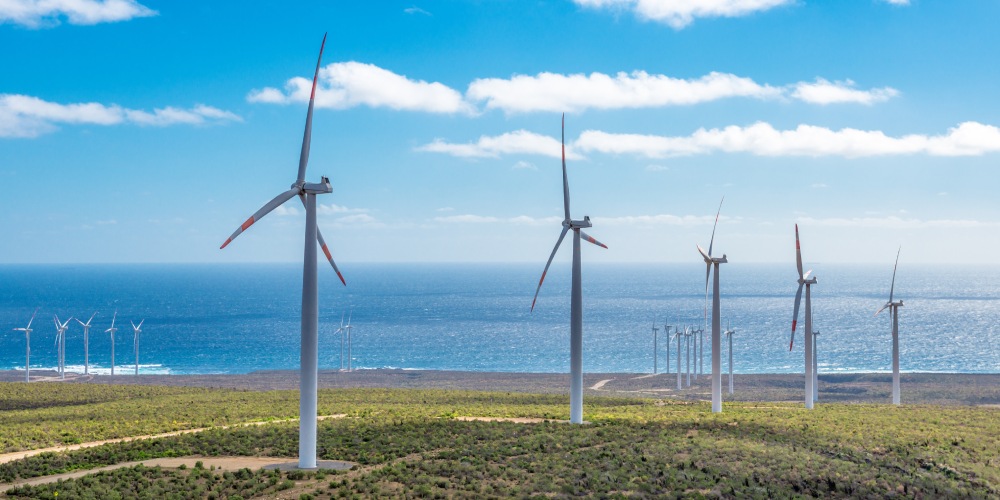The importance of these sources will continue to grow in Chile due, among other factors, to the closure of thermoelectric plants.

The use of non-conventional renewable energy (NCRE) continues to show strong growth in Chile. This is demonstrated by figures published by the National Electricity Coordinator, according to which these sources accounted for over 16% of the total energy supplied in the 12 months to May 2018.
Moreover, if the hourly input of NCRE sources in the same period is analyzed, they accounted for more than 25% of the energy injected during 12% of the time and peaked at up to 35%, principally during the time bands in which photovoltaic plants were at their maximum production levels.
“This ratifies and demonstrates that, with the appropriate regulation and the use of existing technology, the country’s electricity system has no problem operating efficiently with high levels of penetration of variable renewable energies,” explains Carlos Finat, executive director of the Chilean Association of Renewable Energies (ACERA).
Over the past three years, the injection of energy from NCRE sources has grown exponentially, from 4,144 GWh in 2014 to 11,838 GWh in 2017.
ACERA’s forecasts suggest that it will continue to show important growth since no large conventional energy projects are scheduled to come on line in the next few years.
In addition, the Energy Ministry and the country’s generators are implementing a decarbonization process and will define a calendar for the withdrawal of the thermoelectric plants that exist around the country and currently account for up to 43% of Chile's energy matrix.
As a result, the target of 20% participation of NCRE sources by 2025, established by law, is within very easy reach, according to the experts. Indeed, measured in terms of installed capacity, NCRE sources already account for close to 20% of the electricity system.
Pending challenges
Despite the growth of this energy pole, challenges still remain if this expansion is to be maintained. They include the start-up of new units, the elimination of transmission restrictions and the installation of storage systems.
According to the director of Electroconsultores, Francisco Aguirre Leo, the issue of the costs related to implementation of energy sources of this type still has to be addressed.
“The incorporation of these technologies requires the system to invest heavily in other things, such as transmission lines to take advantage of the peaks that occur, backup systems for the different substations to guard against events, and, in general, the cost of these complementary services and the corresponding tariffs which have yet to be clarified,” says Aguirre.
In addition, Inodú partner, Jorge Moreno, explains that another point has to do with the way in which the electricity system will transition to a greater penetration of variable renewable energy. “Having more flexibility in the operation, which is efficient from the point of view of costs, is as important as it was in the past to have greater generation capacity in the system,” he says.
To learn more about Chile’s electricity market, read this article.
Source: El Mercurio



%2017.11.51.png)

